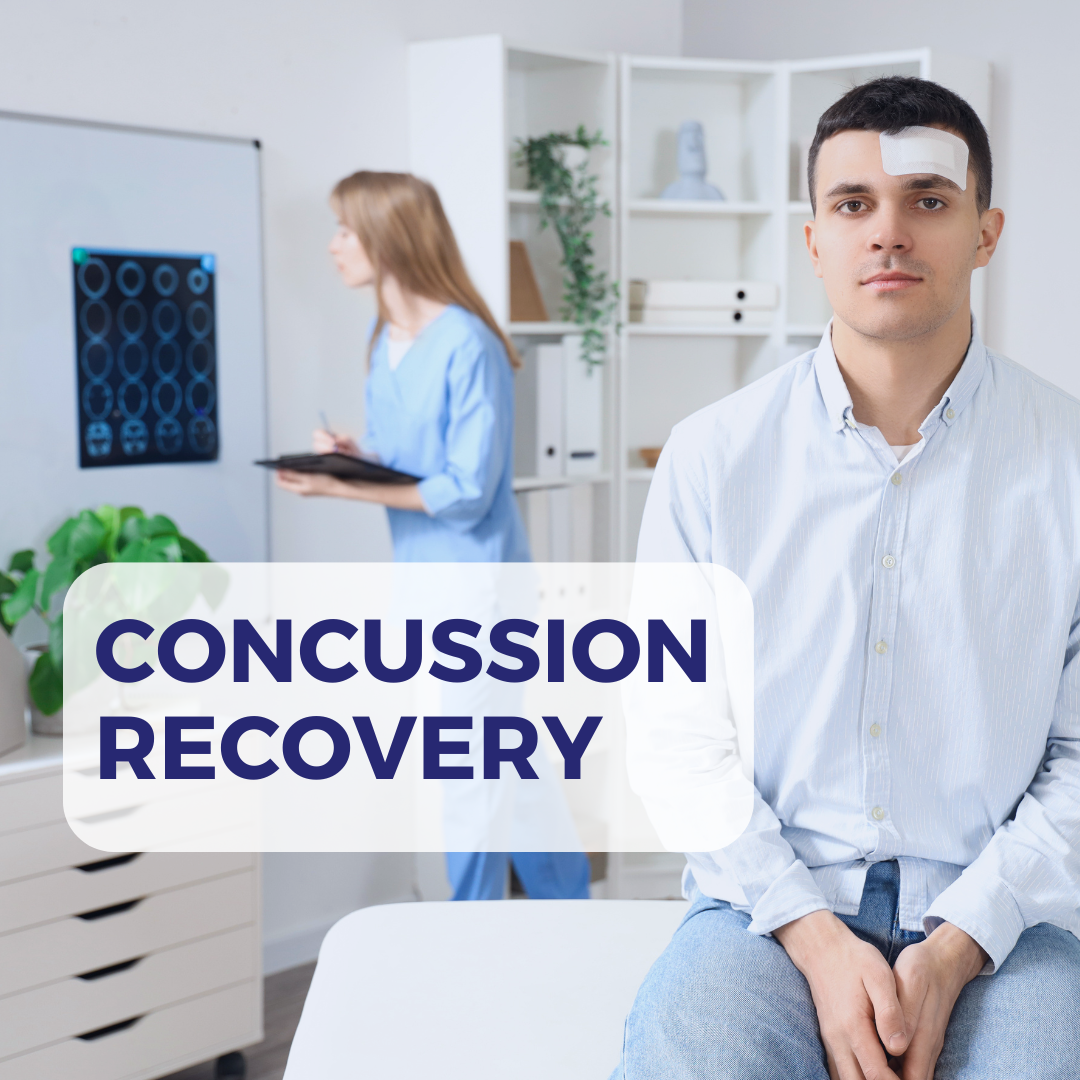
Exploring the Role of Hyperbaric Oxygen Therapy in Concussion Recovery
Concussions, often referred to as mild traumatic brain injuries (mTBIs), are common and can have significant repercussions on one’s cognitive and neurological function. While rest and rehabilitation are standard approaches to concussion management, therapies like hyperbaric oxygen therapy (HBOT) are showing promise in accelerating recovery and mitigating long-term symptoms.
Understanding Concussions:
Concussions occur when the brain undergoes rapid acceleration and deceleration within the skull, resulting in chemical changes and sometimes structural damage. Symptoms may include headaches, dizziness, cognitive impairments, and emotional disturbances. Proper management is crucial to prevent prolonged symptoms and complications.
The Mechanisms of Hyperbaric Oxygen Therapy:
HBOT involves breathing pure oxygen in a pressurized chamber, allowing oxygen to dissolve into the bloodstream at higher concentrations. This oxygen-rich environment promotes healing by enhancing oxygen delivery to injured tissues, reducing inflammation, and stimulating neuroregeneration processes.
Alleviating Concussion Symptoms:
HBOT has shown promise in alleviating symptoms associated with concussions:
- Reducing Inflammation: Concussions trigger an inflammatory response in the brain, contributing to symptoms such as headaches and cognitive impairment. HBOT’s anti-inflammatory effects help dampen this response, reducing inflammation and associated symptoms.
- Promoting Neuroregeneration: Concussions can result in neuronal damage and impaired neurological function. HBOT stimulates neurogenesis (the formation of new neurons) and enhances synaptic plasticity, facilitating brain repair and recovery.
- Improving Cerebral Blood Flow: Reduced cerebral blood flow is common after a concussion, leading to oxygen deprivation in affected brain regions. HBOT increases oxygen delivery to these areas by improving blood flow, supporting cellular metabolism, and aiding in tissue repair.
- Mitigating Long-Term Sequelae: Concussions can have long-term consequences, including post-concussion syndrome (PCS) and chronic traumatic encephalopathy (CTE). HBOT has shown potential in mitigating these sequelae by addressing underlying cellular and vascular dysfunction.
Clinical Evidence and Case Studies:
While research on HBOT for concussions is still evolving, several studies and case reports support its efficacy. A study published in the Journal of Neurotrauma found that HBOT accelerated cognitive recovery and reduced post-concussion symptoms in athletes compared to standard care alone. Additionally, anecdotal evidence from concussion patients treated with HBOT highlights significant symptom improvement and enhanced quality of life.
Incorporating HBOT into Concussion Management:
HBOT should be considered as part of a comprehensive concussion management plan, tailored to the individual’s needs and symptom severity. Collaboration between healthcare providers, including neurologists, sports medicine specialists, and HBOT clinicians, is essential in developing personalized treatment approaches. HBOT may be particularly beneficial for individuals with persistent symptoms or those at risk of long-term complications.
Hyperbaric oxygen therapy represents a promising adjunctive therapy in the management of concussions, offering symptom relief, neuroprotection, and enhanced recovery potential. While further research is needed to elucidate optimal treatment protocols and mechanisms of action, HBOT stands as a valuable tool in the multidisciplinary approach to concussion care. By integrating HBOT into comprehensive treatment plans, clinicians can optimize outcomes and improve the quality of life for concussion patients on their journey to recovery.